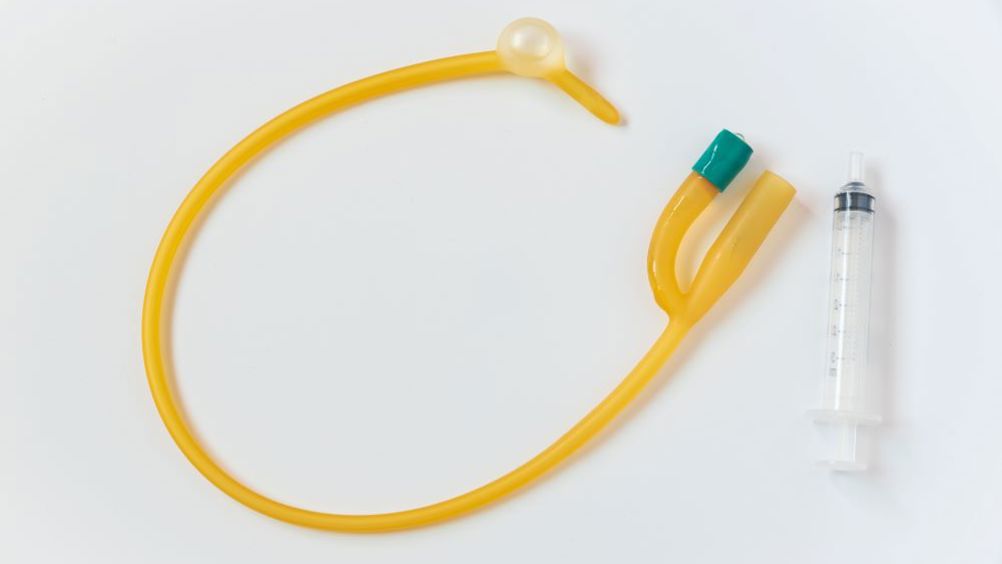References
Intermittent self-catheterisation: the gold standard for individuals with bladder dysfunction

Abstract
Intermittent self-catheterisation (ISC) has long been identified as the ‘gold standard’ for drainage of the bladder for individuals with bladder dysfunction. This article will outline identification of appropriate individuals, the types of intermittent self-catheters available, outline how it can improve quality of life for sufferers of bladder dysfunction, outline the complications that may occur and finally, suggest why it should be recommended as the ‘gold standard’ if it is taught and done correctly.
Intermittent self–catheterisation (ISC), also frequently known as clean intermittent self-catheterisation, is the procedure of artificially emptying a dysfunctional bladder. Identified and developed by Jack Lapides over 50 years ago (Lapides et al, 1972; Angermund et al, 2021), the procedure involves passing a hollow tube (or catheter) into the bladder to drain off urine when clinically indicated, with the catheter then being immediately removed (Doughty and Lister, 2015). ISC may be used for short-term use, such as voiding problems after surgery (e.g after botox injections into the bladder or post–partum voiding difficulties) or may be a long-term management solution for individuals with bladder dysfunction (e.g. multiple sclerosis (MS), spinal injuries). It has long been identified as the ‘gold standard’ compared to urethral or supra-pubic indwelling catheters (National Institute for Health and Care Excellence (NICE), 2015). This is because it allows independent periodic filling and emptying of the bladder, with a specially designed nelaton (in/out) catheter (Figure 1), which does not have a retaining balloon. Thus, it mimicks normal bladder filling and emptying. This technique has shown to reduce urinary tract infections (UTIs) (Yates, 2013; 2017), promote a ‘normal’ pattern of micturition, and can improve independence and quality of life (Leaver, 2022).
Register now to continue reading
Thank you for visiting Community Nursing and reading some of our peer-reviewed resources for district and community nurses. To read more, please register today. You’ll enjoy the following great benefits:
What's included
-
Limited access to clinical or professional articles
-
New content and clinical newsletter updates each month

